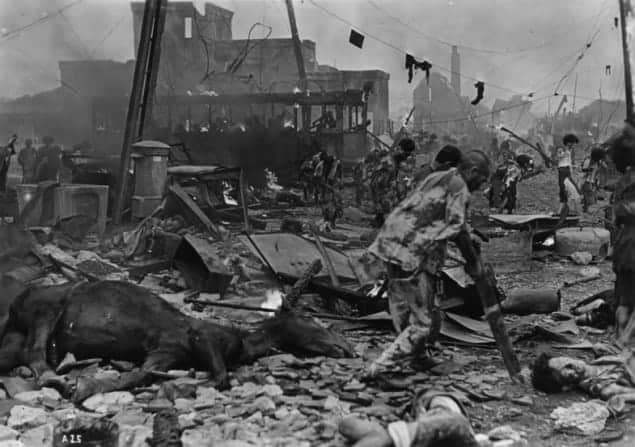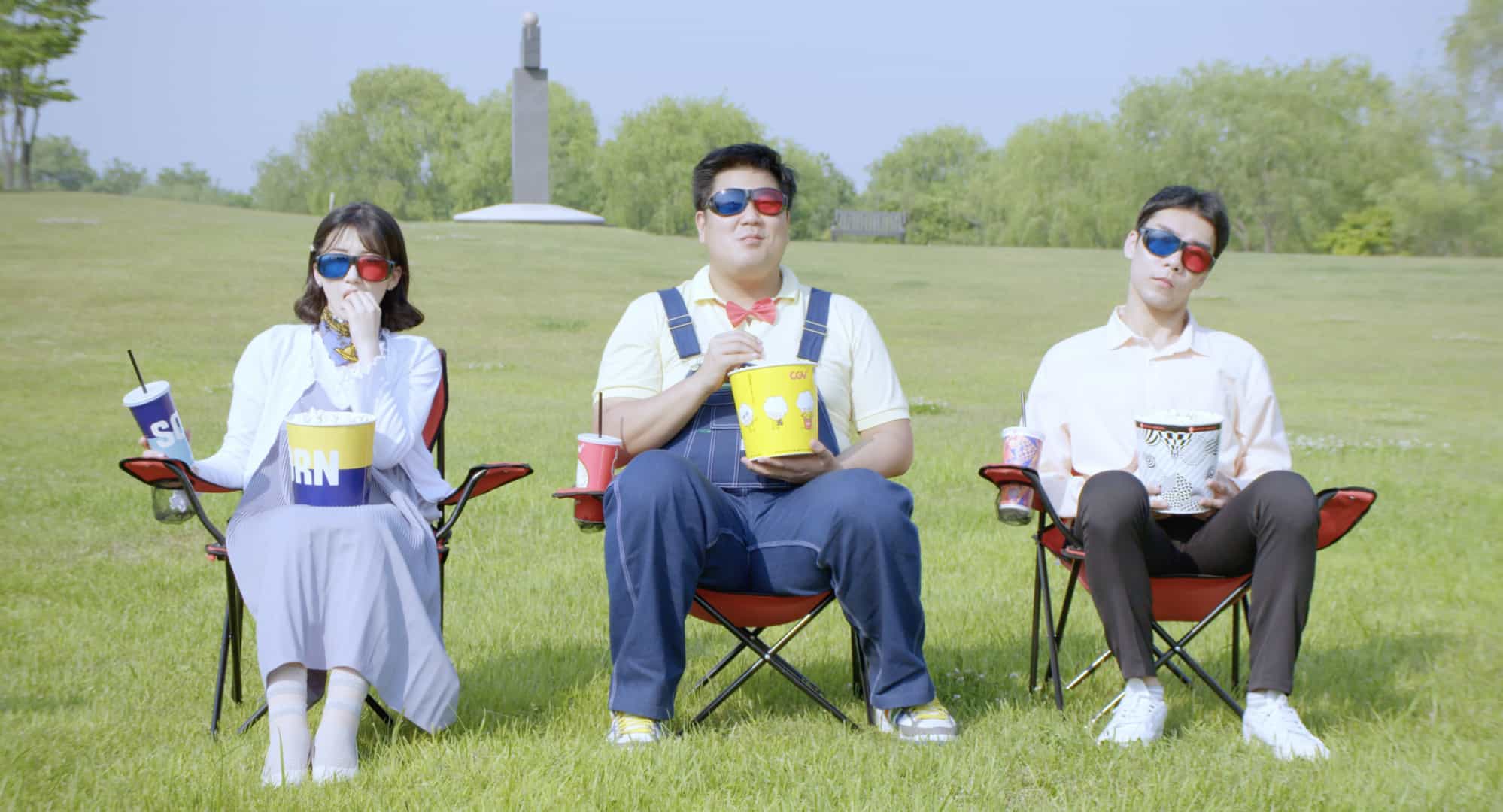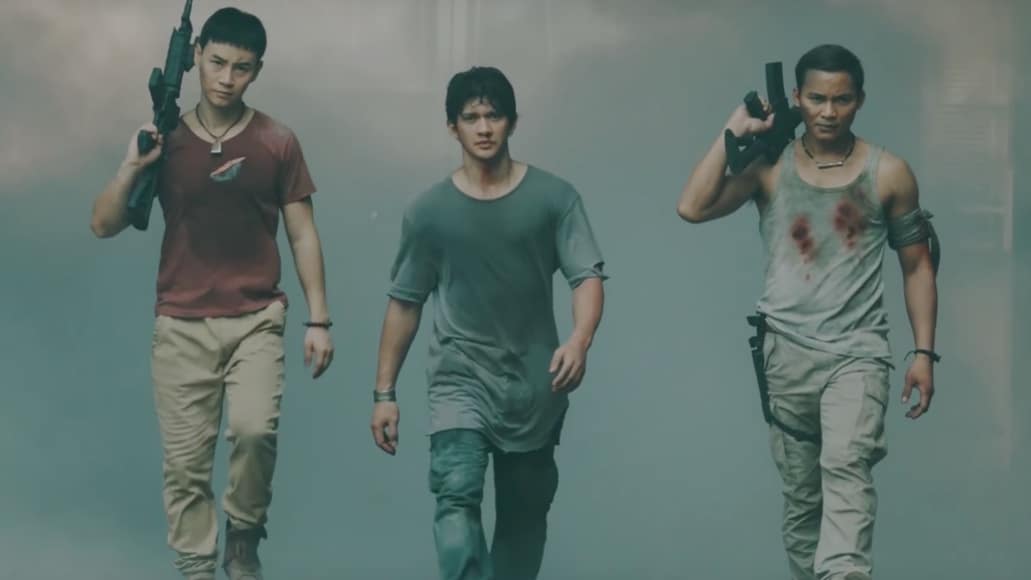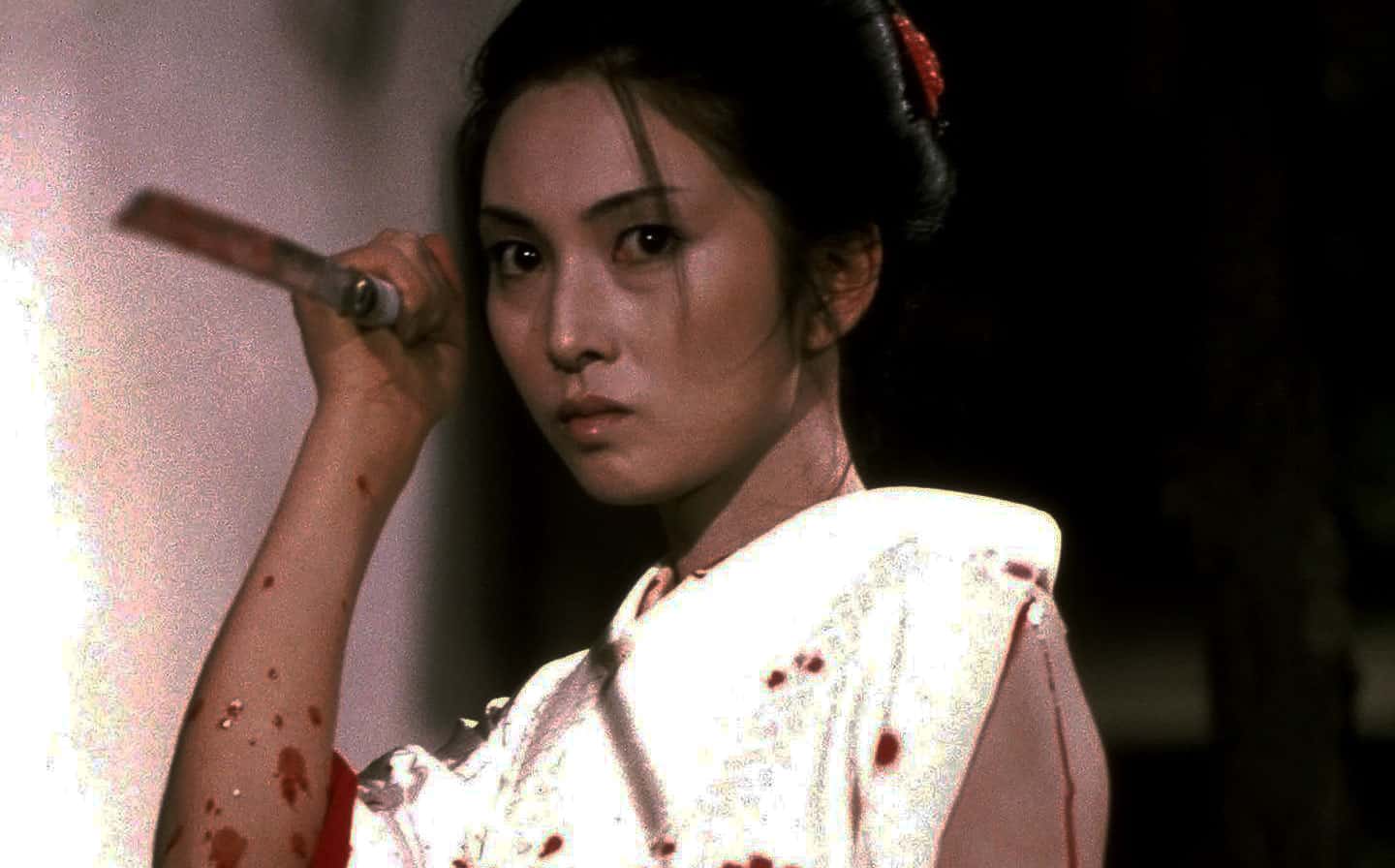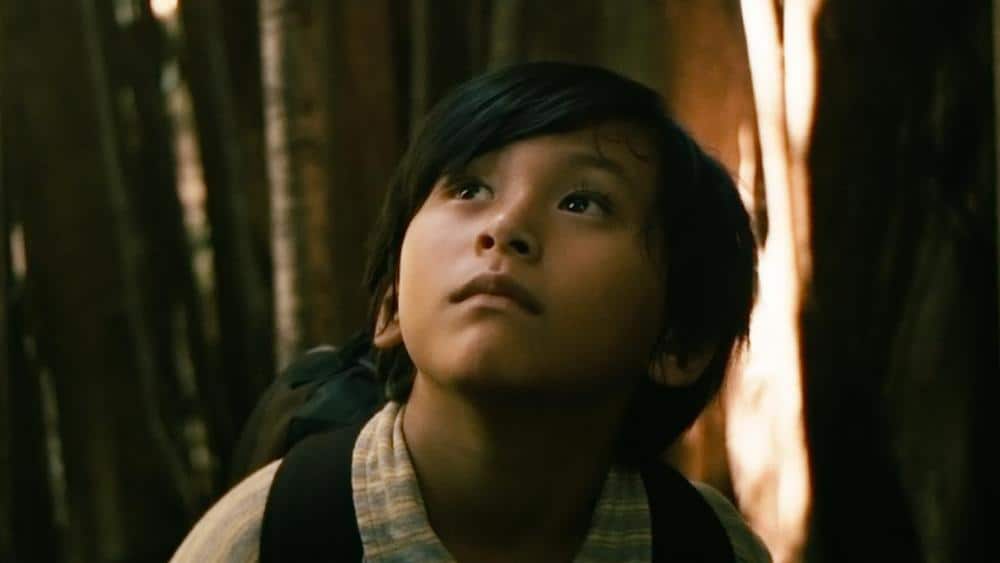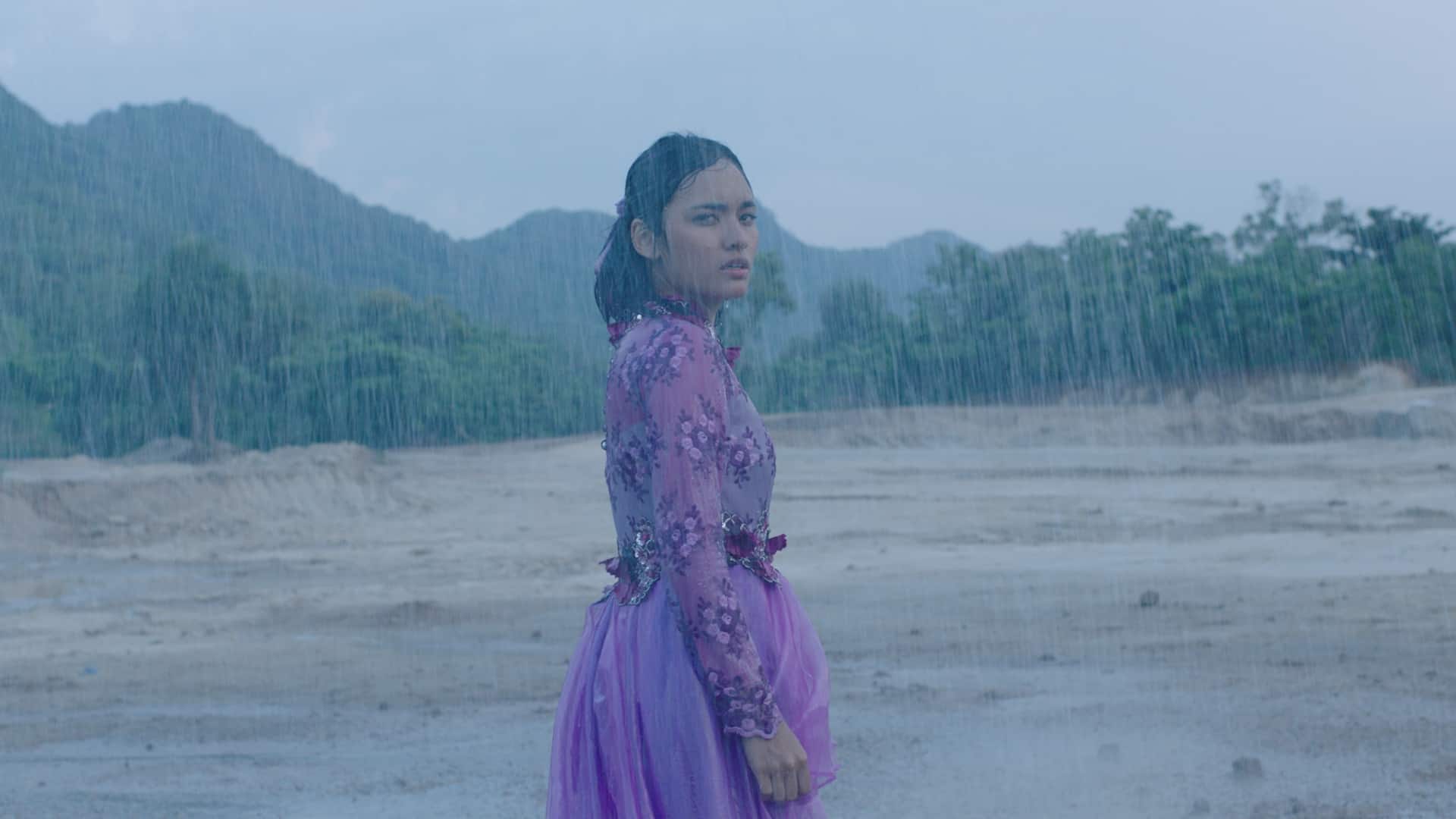Both a landmark and a source of much controversy, “Hiroshima” is one of those films where the background is as significant as the picture itself. Let us take things from the beginning, by quoting Joseph Anderson and Donald Richie's “The Japanese Film”. “In 1953, the Japan Teachers Union decided to go in with Kaneto Shindo and make a film version of the bestselling “Children of the Atom Bomb” (Genbaku no Ko) by Arata Osada. Shindo made a faithful film version, using the name of the book, and showed the aftermath of the bomb without any vicious polemic. (…) The Union was not at all satisfied, saying that he had “made [the story] into a tear-jerker and destroyed its political orintation.” They decided to back another version which would this time “genuinely to help to fight to preserve peace.” They found their man in Hideo Sekigawa, who turned out “Hiroshima”. (…) The picture was financially succesful and opened the way for the spate of other films supposedly expressing the American terrorization of Japanese innocence”.
Hiroshima is available from Raintrail Pictures
This success owes a lot to two factors. Firstly, by teaming up with the Japan Teacher's Union, Ito bypassed the usual theatrical distribution routes, screening the film in schools and community centers – a fairly audacious move. Secondly, young actors, some of whom would become a who's who of Japanese postwar cinema donated their talents. Eiji Okada, ten years away from “Hiroshima Mon Amor,” Isuzu Yamada, who would become a Kurosawa stalwart, making cinematic history as the Lady Macbeth character in “Throne of Blood,” Yumeji Tsukioka and a host of lesser known types and faces who would populate postwar Japanese screens get a chance to shine here. Composer Akira Ifukube's brooding score reveals more depth and passion than by his more famous theme for a mess of Godzilla movies, including the original. Cinematographer Yoshio Miyajima shows his already amazing eye in “Hiroshima”, long before his more famous contributions to Kobayashi's masterpieces “Harakiri” and “Kwaidan.” (source: jfilmpowwow)

Let us deal with the film itself now. The narrative is split in two, intermingling parts, one taking place in 1953, eight years after the atomic bomb was dropped on Hiroshima and Nagasaki, and the second a little before, and after the day the disaster occurred. In the first axis, we witness the aftermath of the bomb, with Sekigawa extending his comment on all aspects of society. The people suffering from “radiation disease” who also have to experience prejudice from the ones who do not; the doctors who have to deal with a sickness no one has treated before; the sense of hopelessness the people “left behind” experienced, since they found their families annihilated and their future bleak; the difficulties of having a romantic relationship in such hard times and the financial difficulties most of the population had to suffer in a destroyed country. This part is the most fictitious, and is actually the one that delivers the distinctly anti-American polemic of the film, which is stressed in two scenes particularly. In the first one, American soldiers buy bones of the victims as souvenirs. In the second one, a letter from a German sympathizer is read to dying victim, making a comparison with the US protests against the use of gas poison by the Germans, and accusing the former for perceiving the bomb as a scientific experiment, and thus the Japanese as guinea pigs.
The second part is where the film truly thrives. The days before the war are filled with a pro-Japanese sentiment, instigated by the government's propaganda, and despite the actual circumstances the citizens experienced. The specific day and the ones after, though, are filled with despair, with Sekigawa highlighting the drama of the realization of the survivors about their previous ignorance regarding the procession of the war. Along with a number of tragic episodes of ruined families, the film makes a point of showing how the country's leadership dealt with the disaster, with the military wishing to continue the war and the rest advocating for surrender. In this setting, the fact that some of them still clinged to their faith to the Japanese military is tragically ironic, as people dying were uttering anthems praising the army and the navy. The same applies to the presentation of a band of orphans who practice saying hu-nga-ry, their interpretation of the word “hungry” and a sound that when uttered to American soldiers, provided them with their only source of food.

This part, even more than the first succumbs to the melodrama, but in this case, this approach is definitely fit, as we are referring to one of the most tragic episodes in the history of humanity. On the other hand, a number of scenes have a distinctly documentary-like approach, and raise the narrative with their realism much above the simple melodrama, as the film also functions as a precise depiction of the events.
In order to achieve this realism, Sekigawa used 20.000 extras (other sources say 8.000, but the number is humongous nonetheless), most of them people living in Hiroshima and having suffered (directly or indirectly) from the nuclear blast, in an effort that definitely paid off. The cinematography (IMDB credits Shunichiro Nakao and Susumy Urashima instead of Yoshio Miyajima) is also exceptional, highlighting the different eras and the various episodes with precision and artistry. Akikazu Kono's editing induces the film with a relatively fast pace, while keeping the different timelines from becoming confusing. This combination of dramatic episodes and documentary-like sequences is the film's best asset, as it allows it to be both entertaining and meaningful.
Despite its obvious propagandistic, Anti-American nature, “Hiroshima” is a great film in all aspects, and a must-watch for anyone interested in the consequences of the atomic bomb in Japan.


